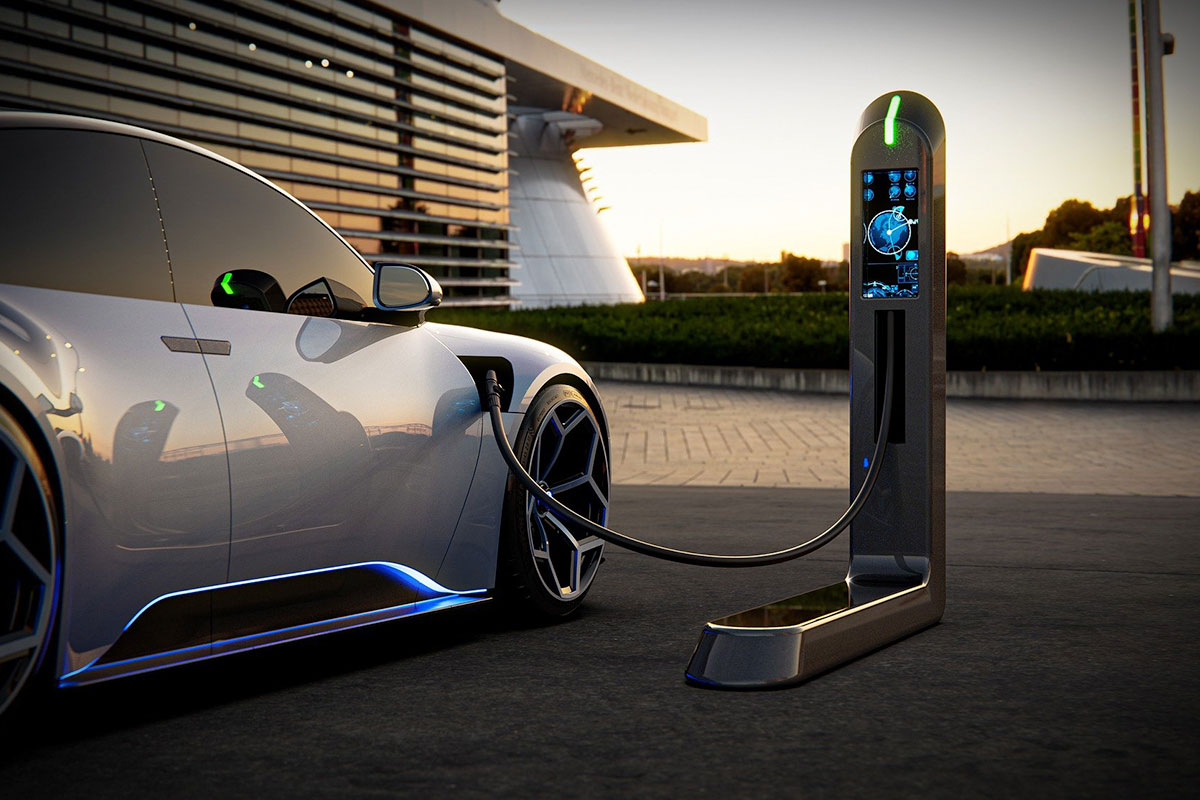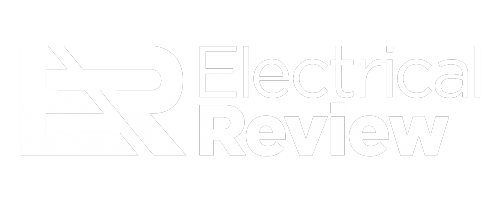Protecting EV charging infrastructure from power surges and harmonics is critical if we want to keep drivers confident and our net zero goals on track, as John Mitchell, Global Sales and Marketing Director at CP Automation, explains.
According to Zap-Map, there are already over 75,000 publicly accessible EV chargepoints out there in the wild right now, and while that infrastructure is sitting there waiting to be used – time will tell whether it can handle the high number of EVs expected to hit UK roads in the coming years.
An analysis by the RAC Foundation found that there were almost one million pure battery electric cars, vans and taxis on UK roads at the end of December 2023. With the ban on sales of new petrol and diesel cars and vans from 2035, it’s clear that EV sales will increase dramatically.
EV charging increases demand for electricity, especially during peak hours. Meanwhile, increasing the number of stations can introduce risks like power losses and voltage lags when a station demands more power than residential loads. If we’re to electrify UK transportation, we must protect this infrastructure from the influx of vehicles and ensure uninterrupted access to charging stations.
Any prolonged delays caused by overloading the system and other power issues would limit the mobility of hundreds of thousands of drivers, making them hesitant to embark on long journeys. Over time, this could put drivers off EVs and harm public confidence – something that we can’t afford to happen if we want to reduce emissions.
Smooth charging, stable power
EV charger reliability is key to encouraging faster adoption of EVs as we approach 2035 – drivers must be able to find physical charge points that actually work and aren’t out of commission, and have the mobile network connectivity needed to access the charger. As more EVs come onto our roads, we must prepare for the rise in demand for electricity and support the integration of charging equipment into the grid without overloading it or causing disruptions.
Charging stations rely on conversion technologies such as inverters, which can introduce harmonic distortions into the grid. With multiple EVs charging simultaneously, these distortions can escalate, particularly as ultra-fast charging stations – designed to cut charging times – become more widespread. The higher power drawn from the grid in shorter bursts increases the likelihood of disruptive harmonics.
EV chargers also generate supraharmonics – voltage and current waveform distortions in the 2-150 kHz range. These arise from the switching frequencies of power electronic converters and pose a unique challenge to both manufacturers and grid operators.
Supraharmonics are difficult to detect with standard power quality monitoring tools, as many cannot measure beyond 2.5 kHz. However, their impact on grid stability is profound, with potential consequences for transformers and other critical infrastructure.
As EV adoption scales, power demand will mount, putting unprecedented pressure on power infrastructure. Any disruption from harmonics and supraharmonics can negatively impact transformers, making them unable to supply the power needed.
EVs haven’t been on the roads for long, so we haven’t had enough time to analyse all the potential power quality issues and their consequences. Despite this, from previous experience of how harmonics impact electrical equipment, we can predict that issues like supraharmonics will reduce the lifespan of charging equipment and other EV infrastructure, making it harder for drivers to charge their vehicles while on the road.
The first line of defence
When building charging stations, manufacturers could consider installing surge arresters. If the grid experiences any voltage fluctuations – such as power outages – a surge arrestor will dissipate any surges or transient voltage strikes. In doing so, it diverts them to the ground and prevents them from damaging the equipment.
Surge arresters can be an important first line of defence against transient voltage surges, helping extend the lifespan of EV charging equipment. That said, it’s not a complete solution.
If the voltage exceeds the surge arrester’s maximum rating, perhaps because of lightning strikes or prolonged exposure to surges, the device could come unstuck. In this scenario, surge arresters are designed to fail, or blow. While this process protects the infrastructure, once it happens, the EV charging equipment is no longer protected. It’s like a lightbulb: once it blows, it’s out.
The importance of measurement
As the UK adds more charging stations, manufacturers and EV charging suppliers must plan with surge protection in mind. To better understand the risks, project managers should measure power quality at the various charger locations both before and after installation.
By using a high-level power quality analyser capable of measuring both harmonics and supraharmonics, project managers can identify any noise emissions and transient surges from the power source and any nearby facilities. For instance, measuring the emissions around a supermarket will help when planning to install new EV charging systems for the car park. Alternatively, if an industrial facility wants to install EV infrastructure in the employee car park, plant managers will want to measure emissions to ensure the new charging equipment will not disrupt plant equipment and vice versa.
A measurement device will give engineers an insight into how power quality could affect charging stations during their lifespan. If the system can read harmonics and supraharmonics, engineers can see and understand what is happening to the charging equipment and look back at any power quality events that occurred.
Standard surge arresters are insufficient for EV charging equipment, particularly if the infrastructure is due to increase at the rate needed to support all UK motorists. However, by working with an experienced power quality expert, manufacturers can identify an appropriate, effective solution that will keep both the charging station and grid protected.
As the UK continues its journey to net zero, and with the ban on diesel and petrol cars only ten years away, the onus is on charger manufacturers to future-proof infrastructure. This means keeping tabs on power quality with sophisticated monitoring and installing effective protection to minimise the effects of surges and transient voltage strikes.


